chair / Hussein Keshani, University of British Columbia
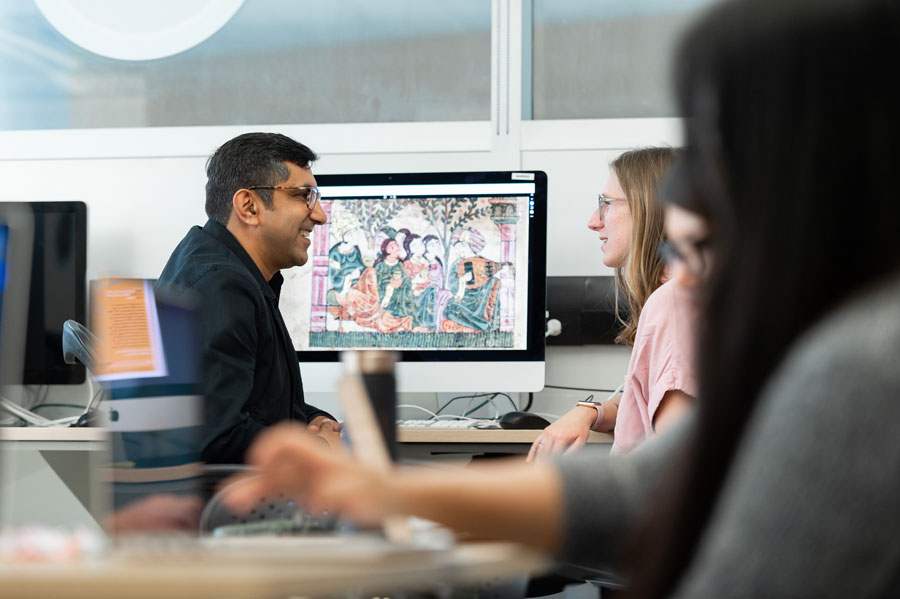
UBC Staff, Hussein Keshani and Research Assistant at UBCO’s AMP lab, 2019 (Copyright UBC)
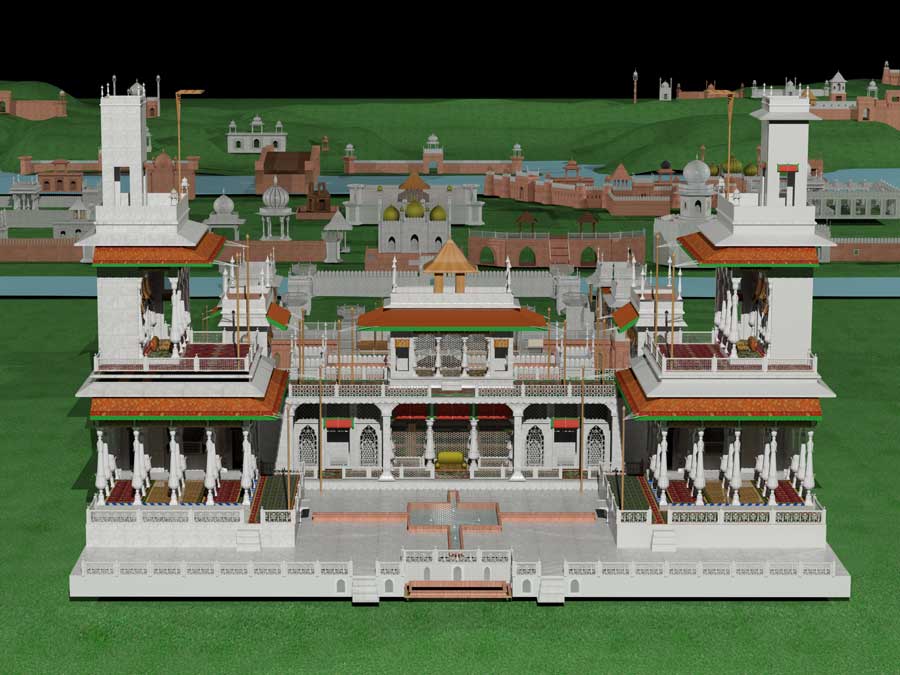
Fan Yiqiang and Hussein Keshani, Rendered model of David Collection’s A Palace Complex with Harem Gardens, 2018 (Copyright Hussein Keshani)
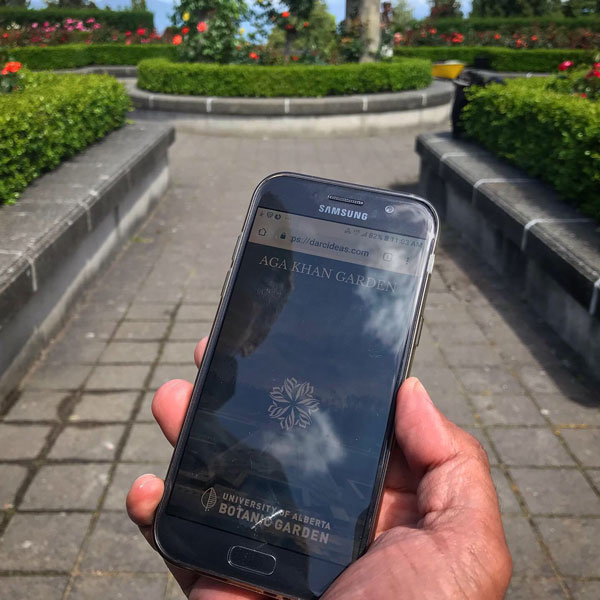
Hussein Keshani, Locative Media in the Garden, 2019 (Copyright Hussein Keshani)
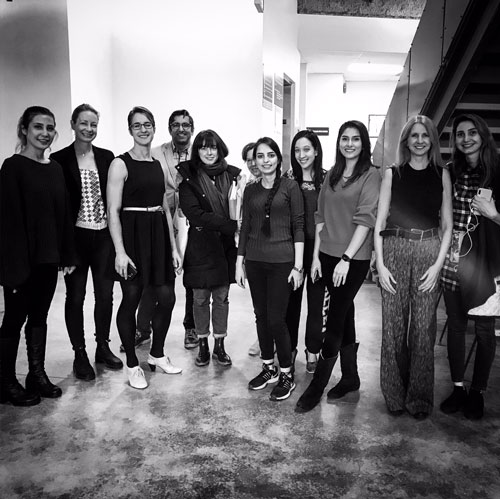
UBC Staff, DAHU 2019 cohort, 2019 (Copyright UBC)
The digital turn in the Humanities and Art History runs the risk of accentuating the already marginal position of Islamic art history in the academy, particularly in Canada. This session presents an overview of the digital art history research collective (darc) by the chair and a series of experimental approaches by darc’s current members that can be used to practice alternate kinds of art history of the pre-modern Persianate Islamic world and beyond. Presenters will discuss scholarly remediations of miniature paintings using 3D printing, how digital media can be used to critically narrate and interrogate UNESCO’s construction of Iranian architectural heritage and how data visualizations can be used to provide alternative perspectives on artistic collaboration and choices. Together these experiments explore what Digital Art History can be, while illuminating what Digital Islamic Art History cannot be due to entrenched inequities.
Hussein Keshani is Associate Professor and Program Coordinator in Art History and Visual Culture in the Faculty of Creative and Critical Studies at The University of British Columbia Okanagan campus. He leads darc (digital art history collective), which operates out of the Canada Foundation for Innovation funded AMP (Audio, Media, Poetry) lab. He is also the Coordinator of the Digital Arts and Humanities interdisciplinary graduate theme and has formerly served as the interim head of the Centre for Culture and Technology. He is a specialist in Delhi Sultanates, Mughal and late-Mughal visual cultures as well as digital art history, teaches courses in art history, world literatures and digital humanities and is the recipient of multiple Social Sciences and Humanities Research Council for Canada grants.

Ahlam Bavi, Alternate Visions – 3D Toolkit, 2019 (Copyright Ahlam Bavi)
B.6.1 Remediating Islamicate Art using 3D Printing for Low-vision Audiences
Ahlam Bavi, University of British Columbia
Museums and art galleries have come a long way in accommodating differently-abled guests and facilitating their experience of art. Nowadays, assistive devices have been improved and signing tours are commonly offered for the deaf in museums. Strategies for low-vision visitors, such as the development of tactile replicas (i.e. re-mediations) of original artworks, have also been introduced. However, these remain underdeveloped, particularly when it comes to Islamicate art collections, and there is much room for improvement. Low-vision and visually impaired people must rely on their other senses, such as touch, to experience the world around them. How can museum visitors touch valuable and unique artworks? This study aims to develop solutions for low-vision visitors by designing a 3D Toolkit. We generate a series of 3D tools and remediations of artworks, which include tactile 3D-printed models, Tactile Diagram Cuboid, Tactile Puzzle Cube, Orientation Cube, and Information Cube to make artworks more accessible for low-vision and visually impaired museum visitors. We have developed a pilot project to explore how Islamicate Art collections can be made more accessible to low-vision visitors.
Ahlam Bavi is a conceptual artist, industrial designer, and digital humanist. She has studied and researched at the University of Tehran, the University of Lucerne, Switzerland and the University of Calgary, where her digital sculpture work was recognized by an award. She is trained in the Reggio Emilia Educational approach, as well as in VR and AR and digital technologies. Ahlam’s visual artworks consist of conceptual sonic sculptures, digital remediated artworks, 3D calligraphy, and algorithmic 3D printed sculptures. She also researches how museums can improve the experience of low vision visitors by re-imagining artworks through digital technology. Currently, she is a PhD candidate in the interdisciplinary Digital Arts & Humanities program.
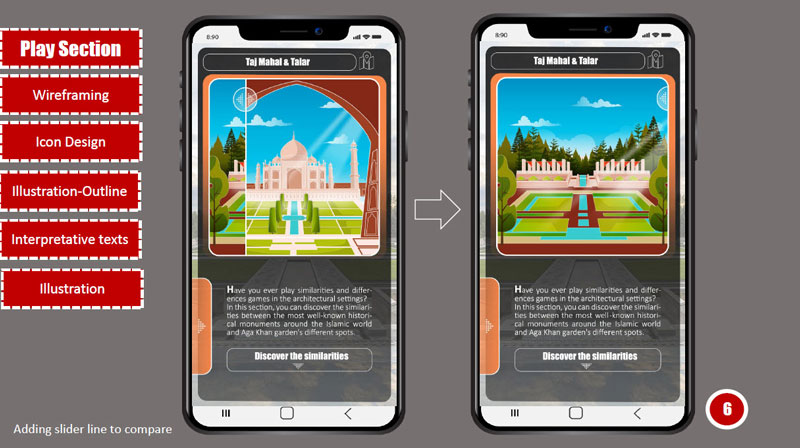
Sepideh Saffari, Proposed Wireframe for Aga Khan Garden Web App, 2019 (Copyright Sepideh Saffari)
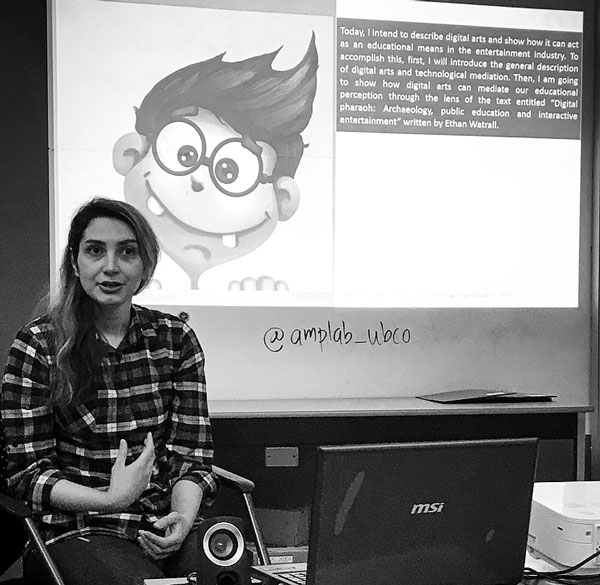
UBC Staff, Sepideh Saffari at UBCO’s AMP Lab, 2019 (Copyright UBC)
B.6.2 Using Digital Media to Interrogate UNESCO’s Approach to Iranian Architectural Heritage
Sepideh Saffari, University of British Columbia
This paper discusses the initial stages of my study of UNESCO’s role in the construction of Iranian national identity through the representation of architectural heritage. While UNESCO believes that peace is based on dialogue and mutual understanding among nations, it does not sufficiently promote the cross-cultural influences nations have on each other, particularly in its representations of visual culture. I argue UNESCO’s approach obscures the deeply transnational nature of Iranian architectural heritage. To demonstrate my argument, I employ a visual-centric methodology based on examples such as Unflattening, a visual dissertation created by Nick Sousanis. I use this methodology to challenge the conventional forms of scholarly discourse in order to offer a visual argument as form of serious discussion. Although Sousanis did not use multimedia to express his ideas, a digital platform provides a more flexible and dynamic environment that can be used to more effectively convey visual arguments. In this sense, I will also explore how digital media in the form of intellectual game mediate our interpretation of architectural heritage interactions in the Aga Khan Garden web-app as a case study. To be more precise, I investigate the transcultural conversation among Aga Khan Garden, Historic Persian and Mughal built heritage.
Sepideh Saffari is an award-winning artist and architect currently pursuing her interdisciplinary Ph.D. in Digital Arts & Humanities at The University of British Columbia. She is also a graduate research associate of the AMP lab and a member of the Centre for Culture and Technology. In these affiliated research centres, she has been collaborating on projects such as Aga Khan Garden web app and Water Ways. In 2006, she started her academic education in Architectural Engineering in which she ranked third and first among students in her BA and MA programs respectively. Since then she has held artistic and architectural positions, namely teaching at universities, designing constructed buildings, and working at game and animation companies.
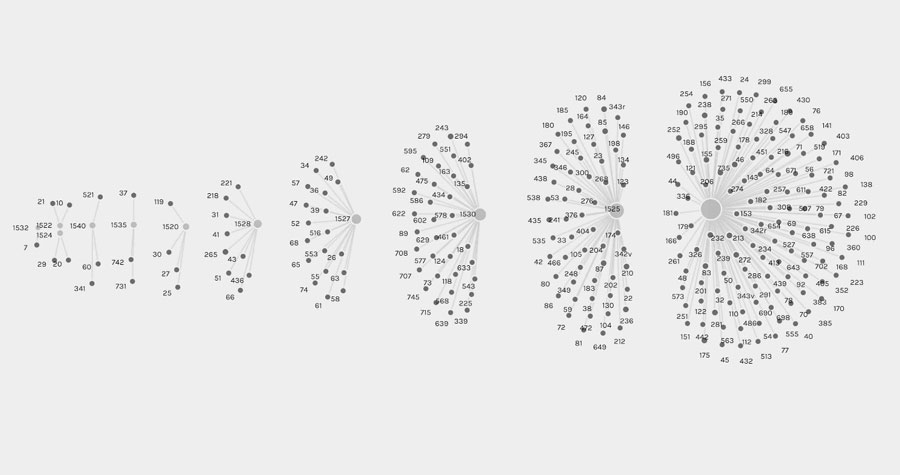
Yasaman Lotfizadeh, Data Visualization of Artist Collaboration in Shah Tahmasp Shanameh, 2019 (Copyright Yasaman Lotfizadeh)
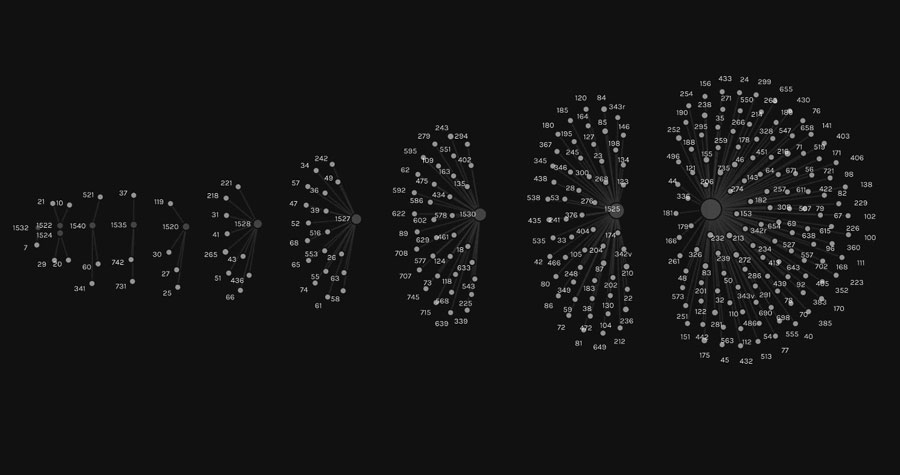
Yasaman Lotfizadeh, Data Visualization of Artist Collaboration in Shah Tahmasp Shanameh, 2019 (Copyright Yasaman Lotfizadeh)
B.6.3 Shifting Perspectives on Safavid Artistic Collaboration and Choices Using Data Visualizations
Yasaman Lotfizadeh, University of British Columbia
The increasing availability of sophisticated digital tools today allows researchers and practitioners alike to explore visual art in new ways. Never before has there been the facility to analyze the complex and deep connections within substantial bodies of work across time and artistic groups. These tools increase the speed of analysis and bring to the foreground the minutia of details that would otherwise be difficult to obtain. The current study investigates the extent of artistic collaboration in one deluxe Persian illustrated manuscript, the Shah Tahmasp Shahnameh (also Shahnama) paintings. The study outlines a Social Network Analysis and the use of Digital Humanities tools and methods to analyze the patterns of artistic collaboration among the various artists who worked on this manuscript under Shah Tahmasp's patronage. Revealing the network of relationships within the previously disregarded Shahnameh artists will create a richer understanding of the topology of the collaborative process these artists worked with. This study can help change the understanding of the royal workshop composition and how the paintings were illustrated in the Safavid period. It also raises the question, does the application of a new lens - or a different mediation - on the same material such as Social Network Analysis, yield results of significance for visual historiographical research?
Yasaman Lotfizadeh holds a Master of Arts in Graphic Design from Semnan University and is currently a Master of Digital Arts and Humanities candidate at UBC. She is a professional Graphic Designer and Art History enthusiast with experience as a university lecturer. She has received the Graduate Dean's Entrance Scholarship as well as a Faculty fellowship from UBC. She has worked as Research Assistant and Graduate Academic Assistant, affiliated with the AMP Lab and is currently the Lead Graphic designer of three UBCO SSHRC funded projects. Her research focuses on applying Digital Humanities theories and tools such as Social Network Analysis and Data Visualization in connection with the sixteenth-century Persian illustrated manuscripts. She is looking at two sixteenth-century Khamseh of Nizami illustrated manuscripts to examine how artists portrayed nature through a comparison between their visual choices and the verbal imagery in the texts they illustrated.



